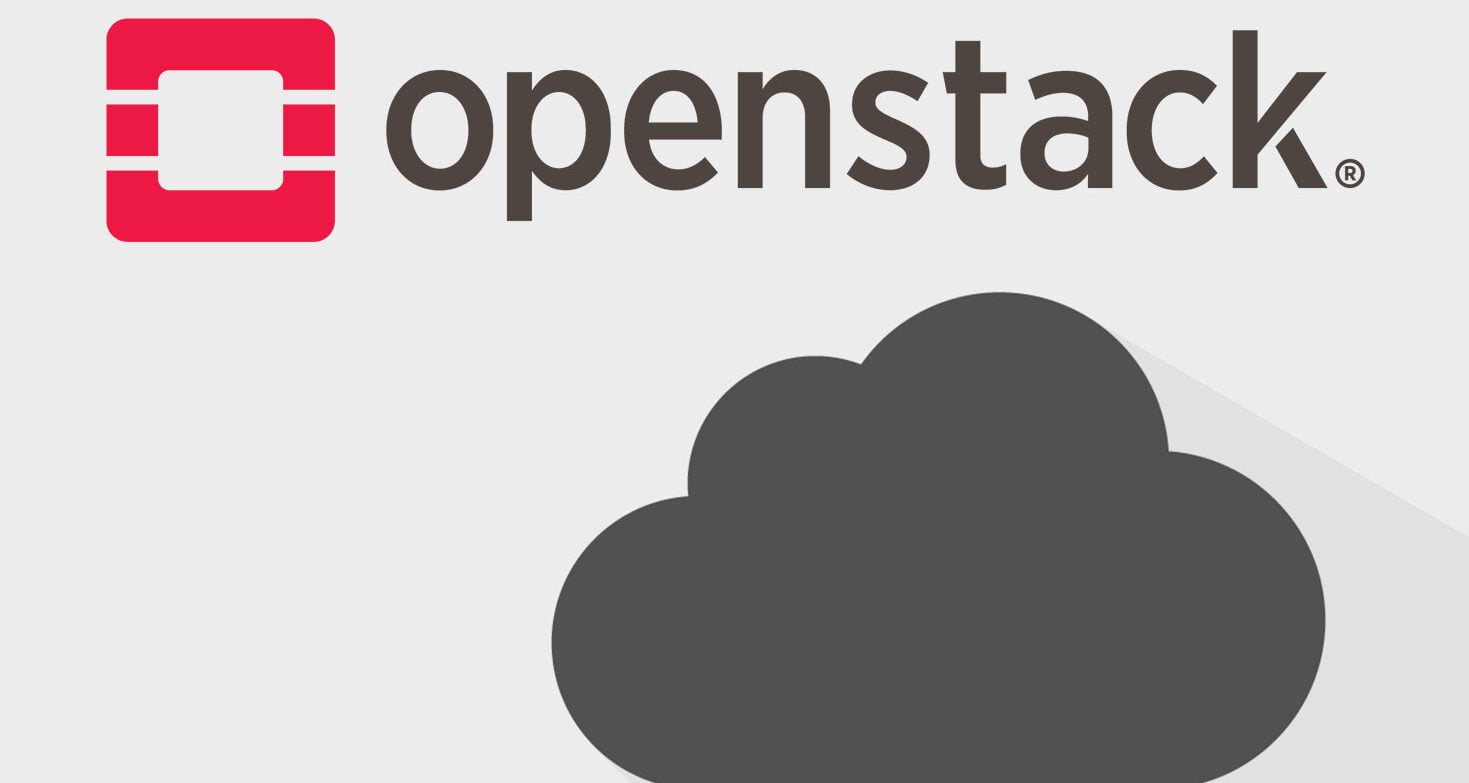OpenStack allows companies to manage their AWS infrastructure like a private cloud. Even after its 29th release, it is still one of the most active open-source applications in the world. This week, project shepherds OpenInfra Foundation announced the release of version 29 of OpenStack. This new announcement, called “Caracal,” focuses on new features for hosting artificial intelligence and high-performance computing (HPC).
Common users of OpenStack are large organizations. This could be a retailer like Walmart or a large telecommunications company like NTT. What almost all companies have in common today is that they think about how they can implement artificial intelligence models while keeping their data safe. For most people, this means maintaining control over all phases. As Nvidia CEO Jensen Huang recently said, we are approaching a multitrillion-
billion investment in infrastructure. A big part of this is investments in hyperscalers. It’s big, but most of these will also go to private companies, and those data centers need software to manage them.
This currently puts OpenStack in an interesting position as one of the few viable solutions offered by VMware; It faces its challenges as many VMware users are unhappy with Broadcom’s sales. VMware users are looking for alternatives more than ever. “With Broadcom’s acquisition of VMware and some licensing changes, many companies are switching to another OpenStack,” explains Jonathan Bryce, CEO of the OpenInfra Foundation.
.

“It’s all aligned with growth and integration into infrastructure,” OpenInfra Foundation COO Mark Collier told TechCrunch. “This primarily means OpenStack, but also Kata Containers and some of our other projects. It is very exciting to see a new level of infrastructure improvement that will bring significant jobs to our community for years to come. ”
In practice, some of the new features added to this announcement include the ability to support the migration of vGPUs to Nova, OpenStack’s core service. This means users now can move GPU workloads from one physical server to another with minimal impact on the workloads; This is something that companies want to be able to manage their expensive GPU hardware as much as possible.
The latest version also brings security improvements, including control over how core OpenStack services are run, such as Ironic’s bare metal-as-a-service project. This is in addition to network updates to better support HPC workloads and other updates. This update is also the first since OpenStack moved to the “Skip Level Up Release Process” (SLURP) last year. The OpenStack project limits new releases to every six months, but this is too fast for most
companies, and in the early days of the project many users described the upgrade process as “painful” (or worse).





